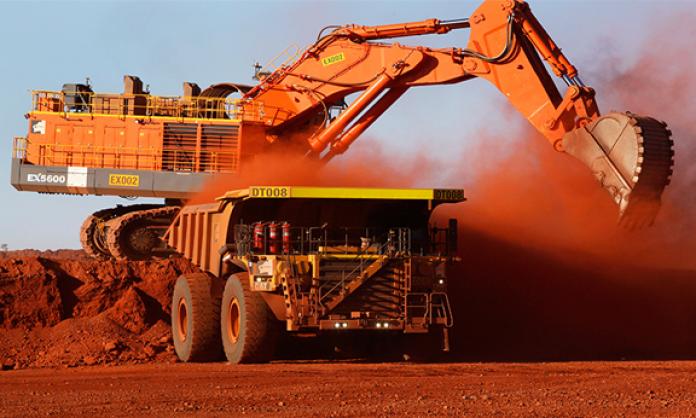A report by the Australian Conservation Foundation shows just how committed the government is to giving a “hand up” to one of Australia’s most profitable, and environmentally destructive, industries.
According to the ACF analysis, the mining industry is set to receive $2.5 billion in fuel tax subsidies this year.
Gina Rinehart is Australia’s richest person. Her wealth nearly doubled last year – from $10.7 billion to $20.9 billion. Her fellow mining magnates enjoyed similar success.
In the year to June, mining industry profits grew by $27.7 billion. BHP Billiton made $7.4 billion, Fortescue Metals Group reaped $2.7 billion, and Rinehart’s Hancock Prospecting made just over $1 billion. Rio Tinto’s 2016 profit was $6 billion, and in the first half of 2017 it made $5 billion.
You’d think the industry could pay its own way, particularly if you consider the hidden costs its activities impose on the rest of us. A 2017 report by the Health and Environmental Alliance, for instance, found that across the G20 nations, the health costs of air pollution from burning fossil fuels amount to US$3.5 trillion.
The Australian government views things differently. Apparently, Rinehart and Co. are so hard up they can’t afford the 40 cents per litre of tax that the rest of us pay every time we fill up the tank. The monster trucks and other vehicles they use to pillage Australia’s resources are getting a free ride.
$2.5 billion is a lot of money to spend propping up an industry that could easily manage on its own. To get a sense of just how much, we need only compare this figure to the amount the government spends in other areas.
Take the environment. You might think, given the universally recognised importance of protecting biodiversity and maintaining the health of our land, air and water, that the government would regard this as a higher priority than making sure the mining magnates can burn through as much fuel as they want without paying any tax. You would be wrong.
According to the ACF, total federal government spending on the environment for the year to June 2018 will amount to $945 million – a drop from $1.4 billion in 2014. The forward estimates from last year’s budget (which estimate spending and revenue over the next four years) indicate that the cuts will continue to at least 2021, when the environment budget will have fallen to $825 million.
The federal government’s environment spend is less even than the $980 million in fuel tax subsidies it will give this year to coal mining companies.









